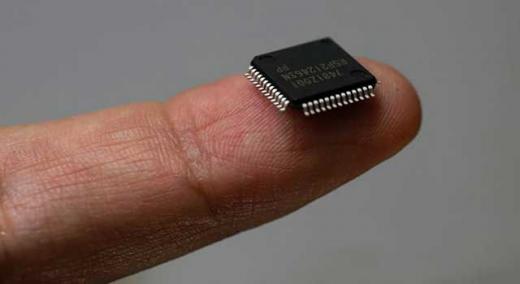This country’s semiconductor chip shortage is likely to continue well into 2022. Now, a Georgia Tech expert predicts that the United States will need to make major changes to the manufacturing and supply chain of these all-important chips to stave off further effects. That includes making more of these chips here at home.
|
ADVERTISEMENT |
Madhavan Swaminathan is the John Pippin Chair in Electromagnetics in the School of Electrical and Computer Engineering at the Georgia Institute of Technology. He also serves as director of the 3D Systems Packaging Research Center.
As an author of more than 450 technical publications and holder of 29 patents, Swaminathan is one of the world’s leading experts on semiconductors and the semiconductor chips necessary for many of the devices we use every day.
“Almost any consumer device that is electronic tends to have at least one semiconductor chip in it,” Swaminathan explains. “The more complicated the functions any device performs, the more chips it’s likely to have.”
Some of these semiconductor chips process information, some store data, and others provide sensing or communication functions. In short, they are crucial in devices from video games and smart thermostats to cars and computers.
…

Add new comment